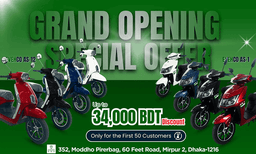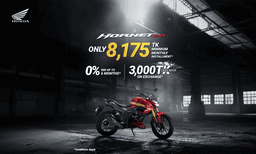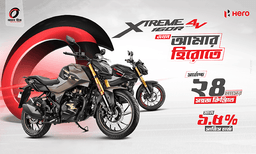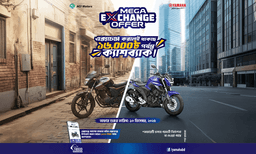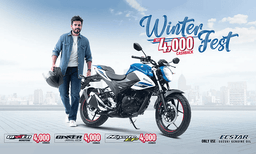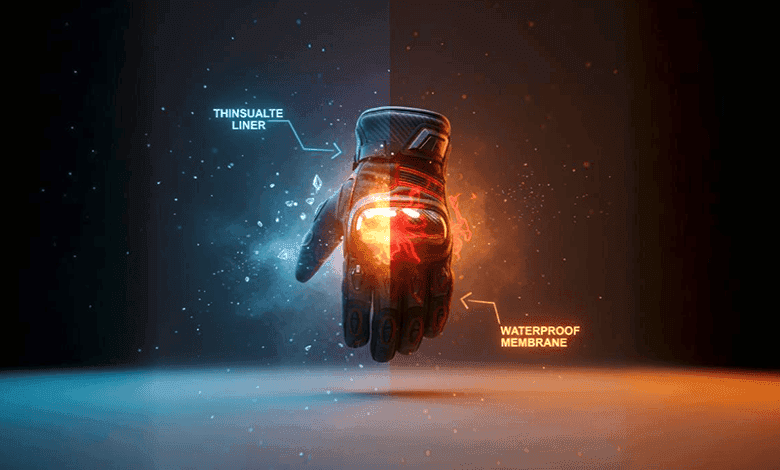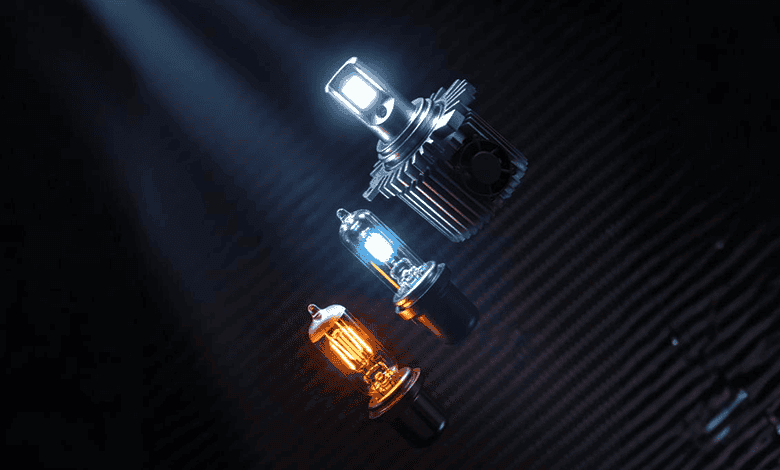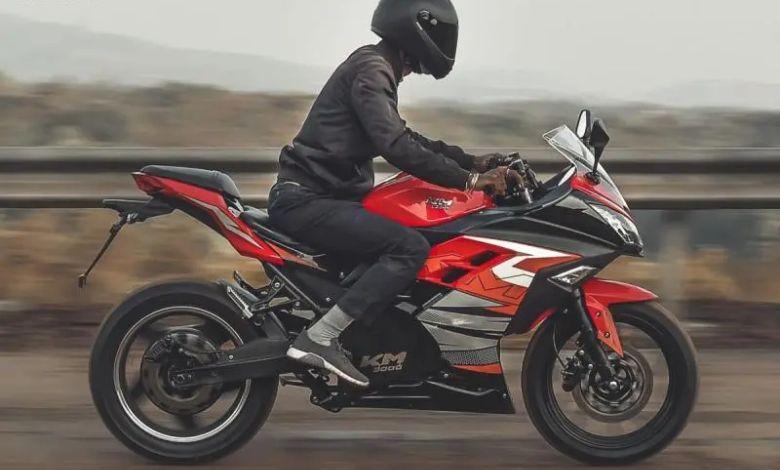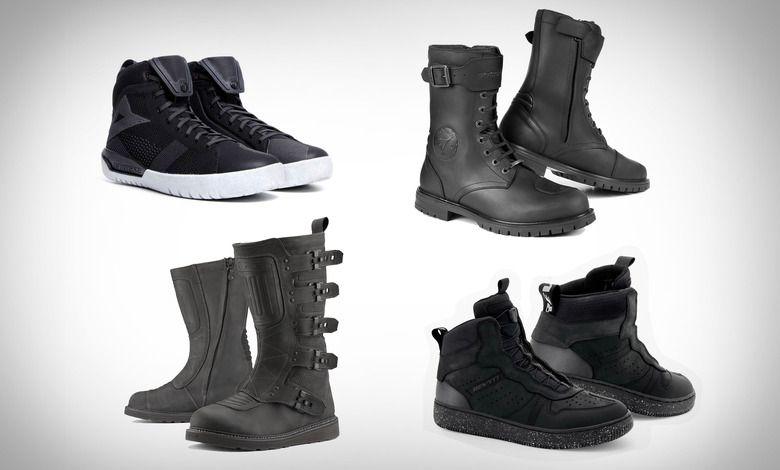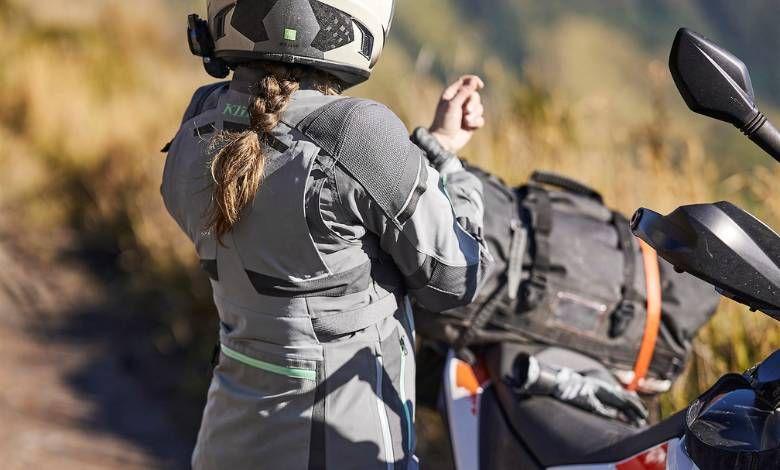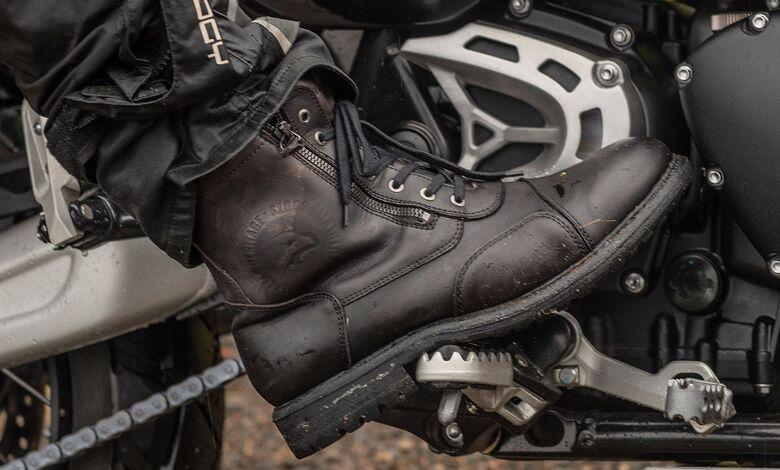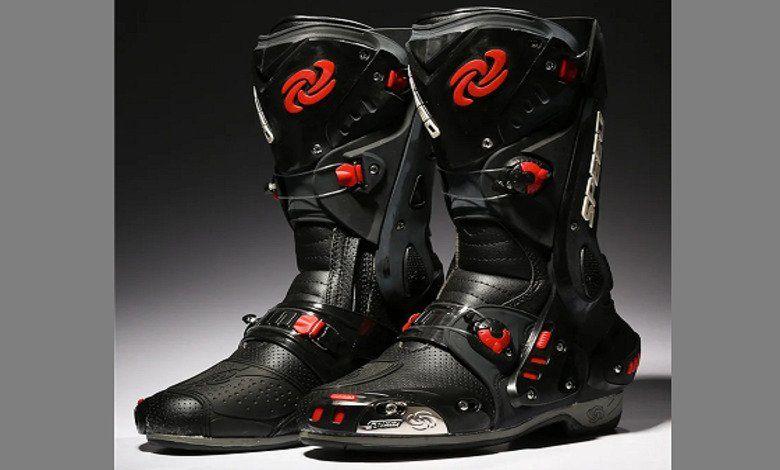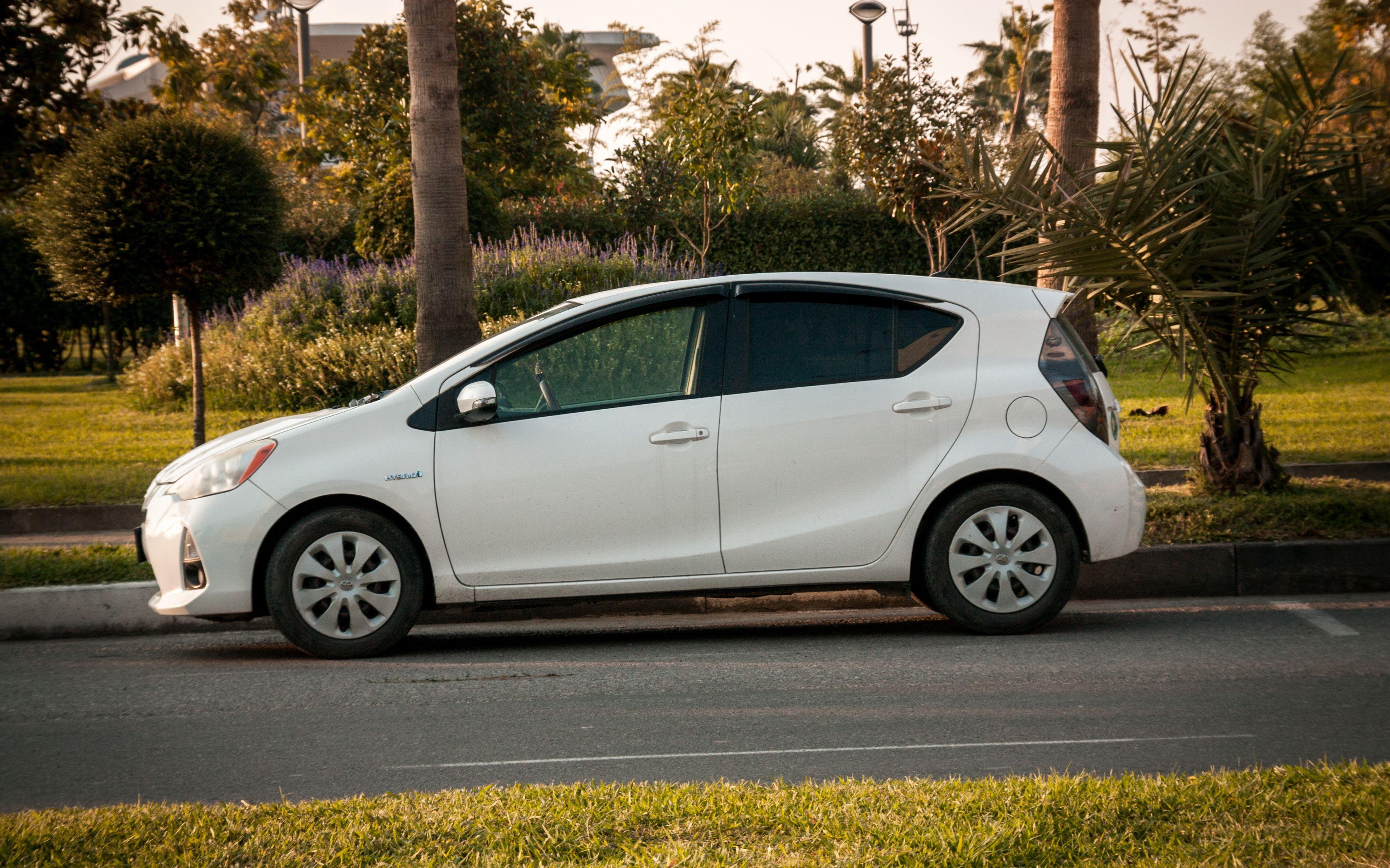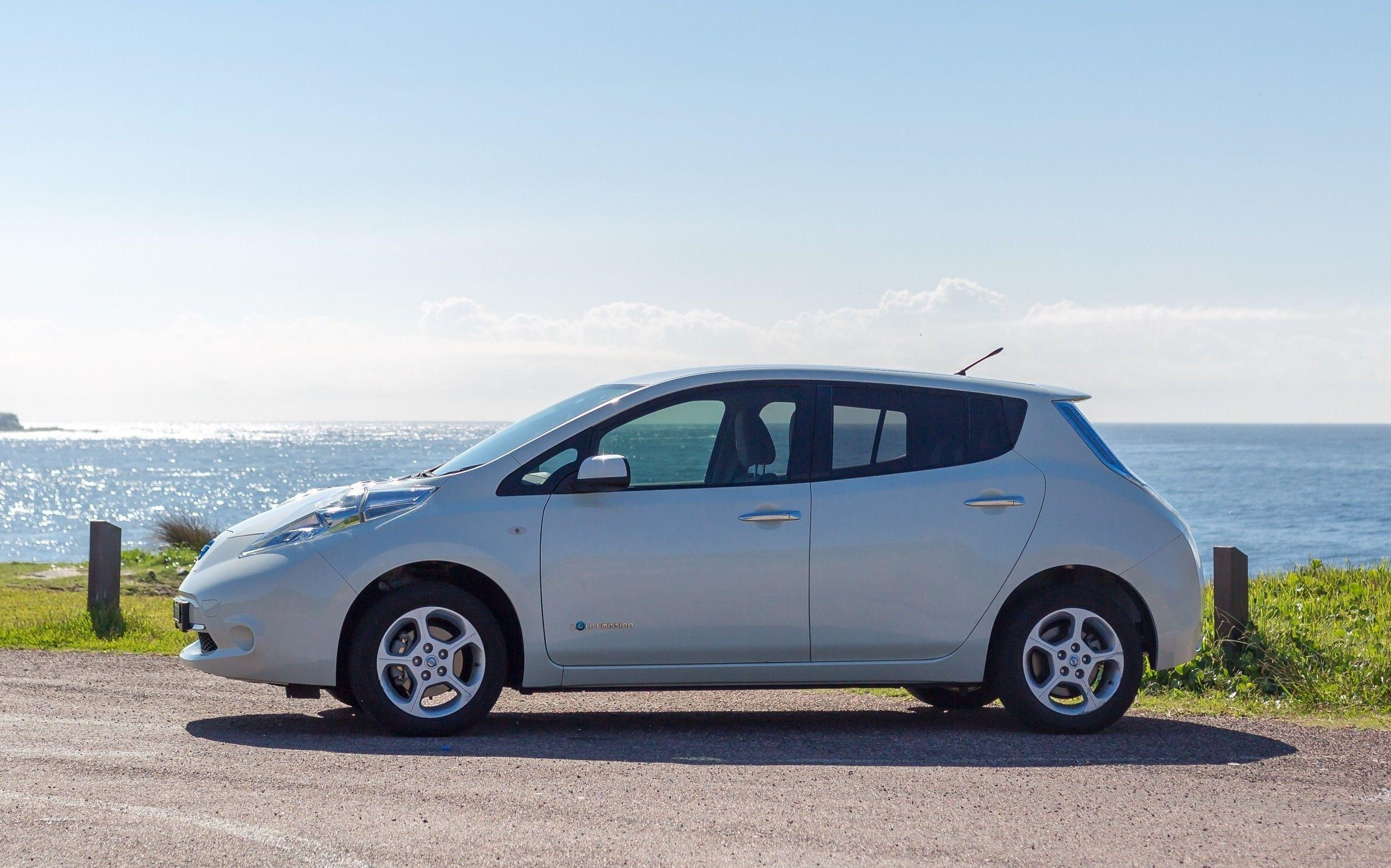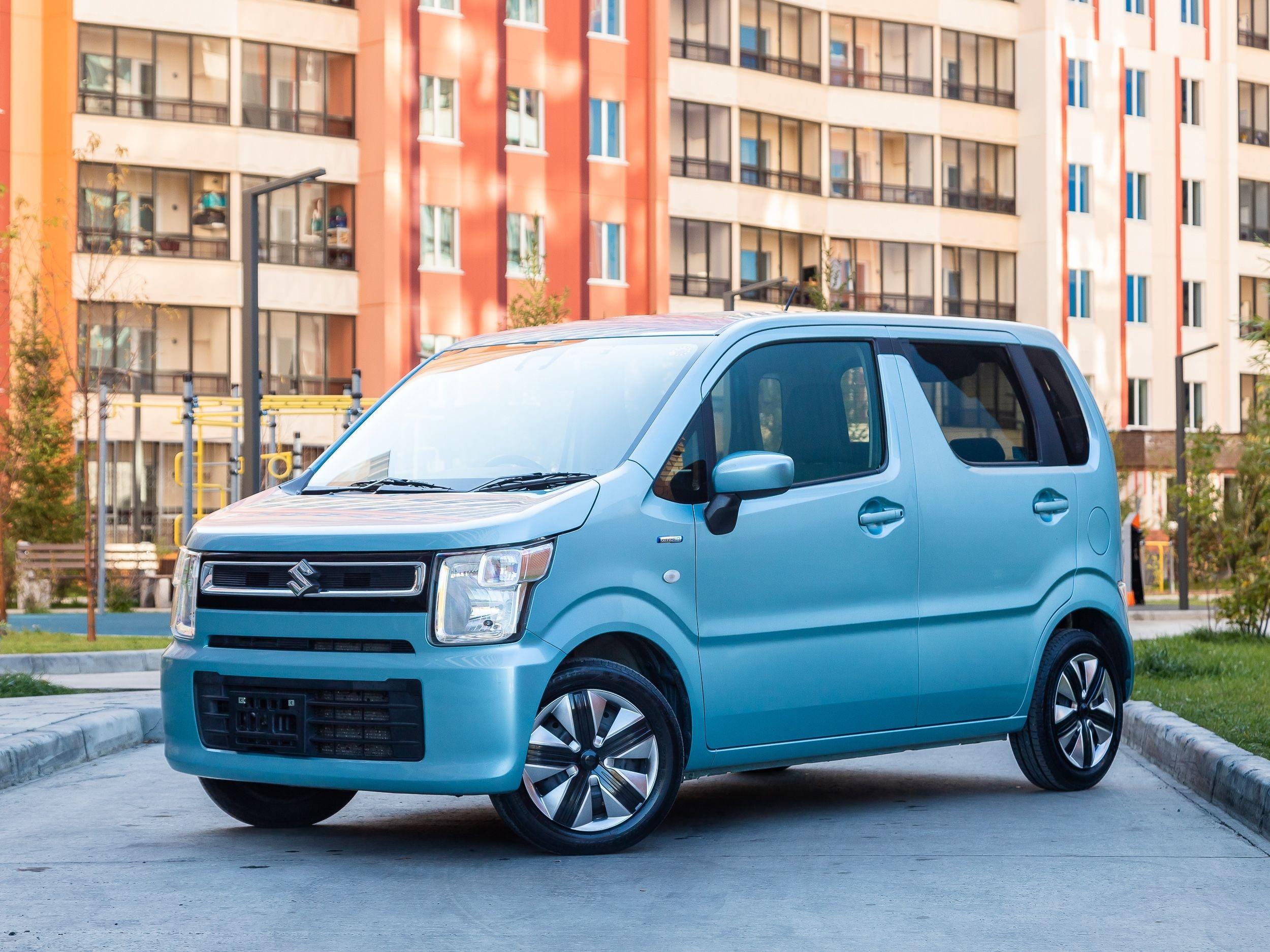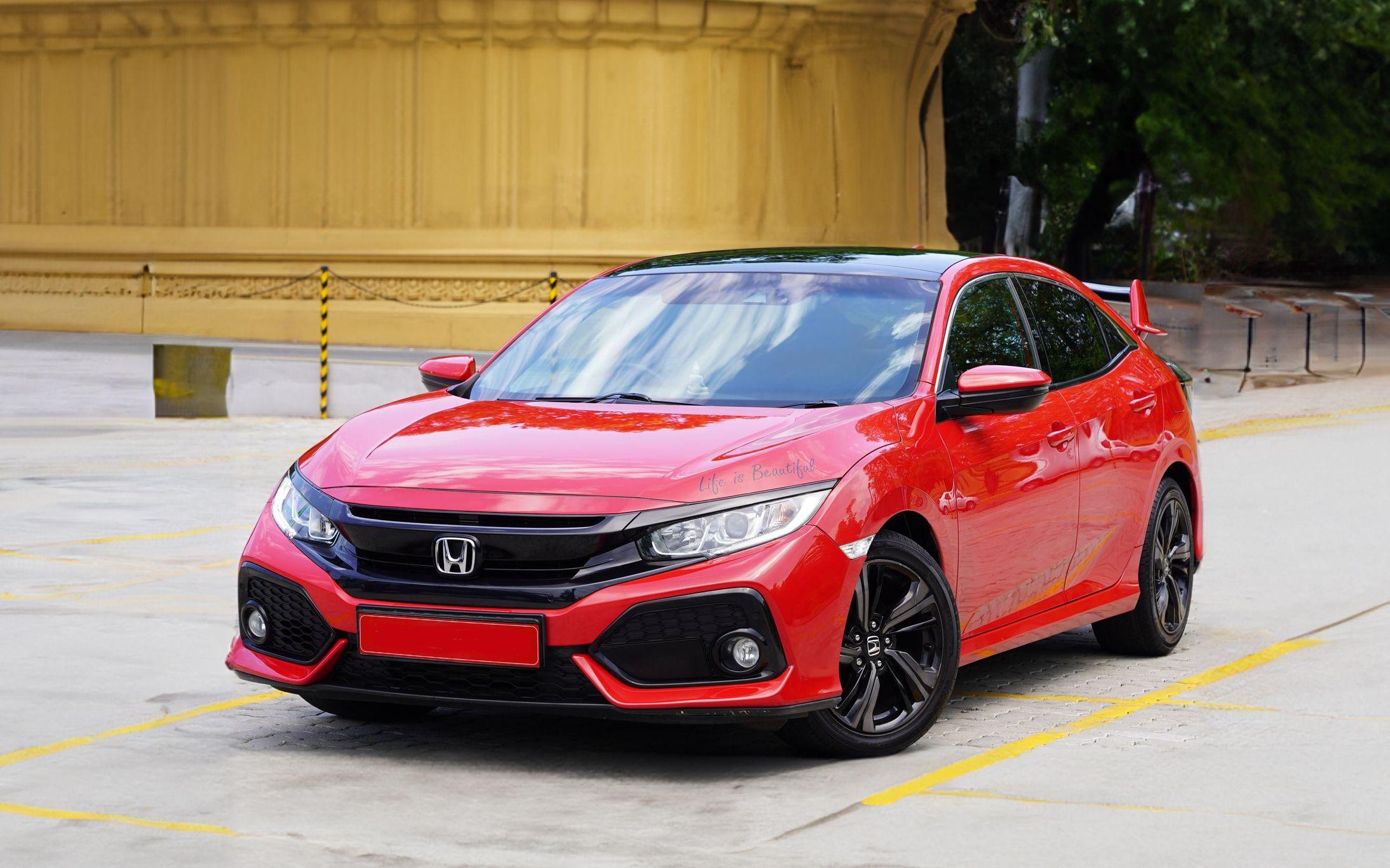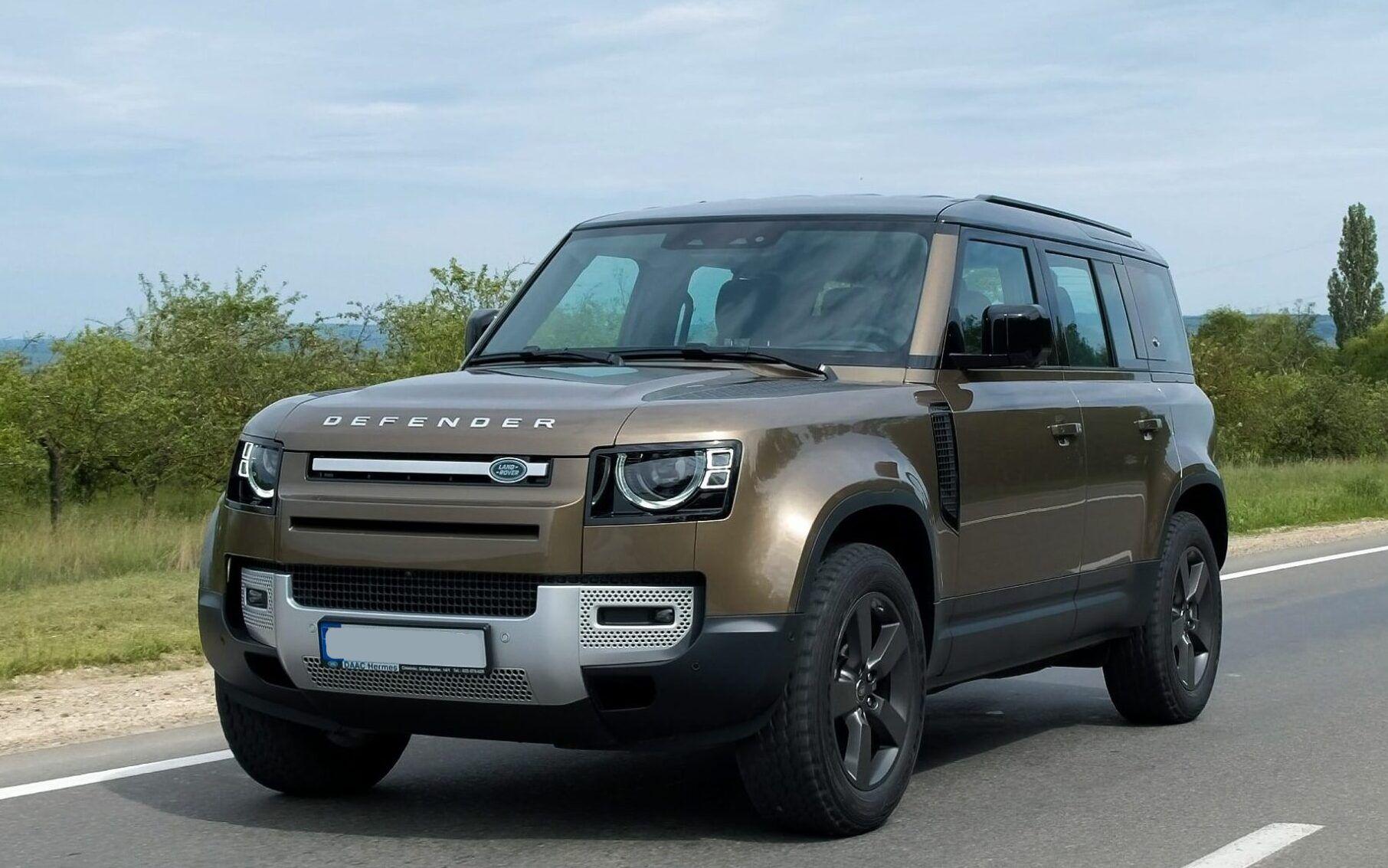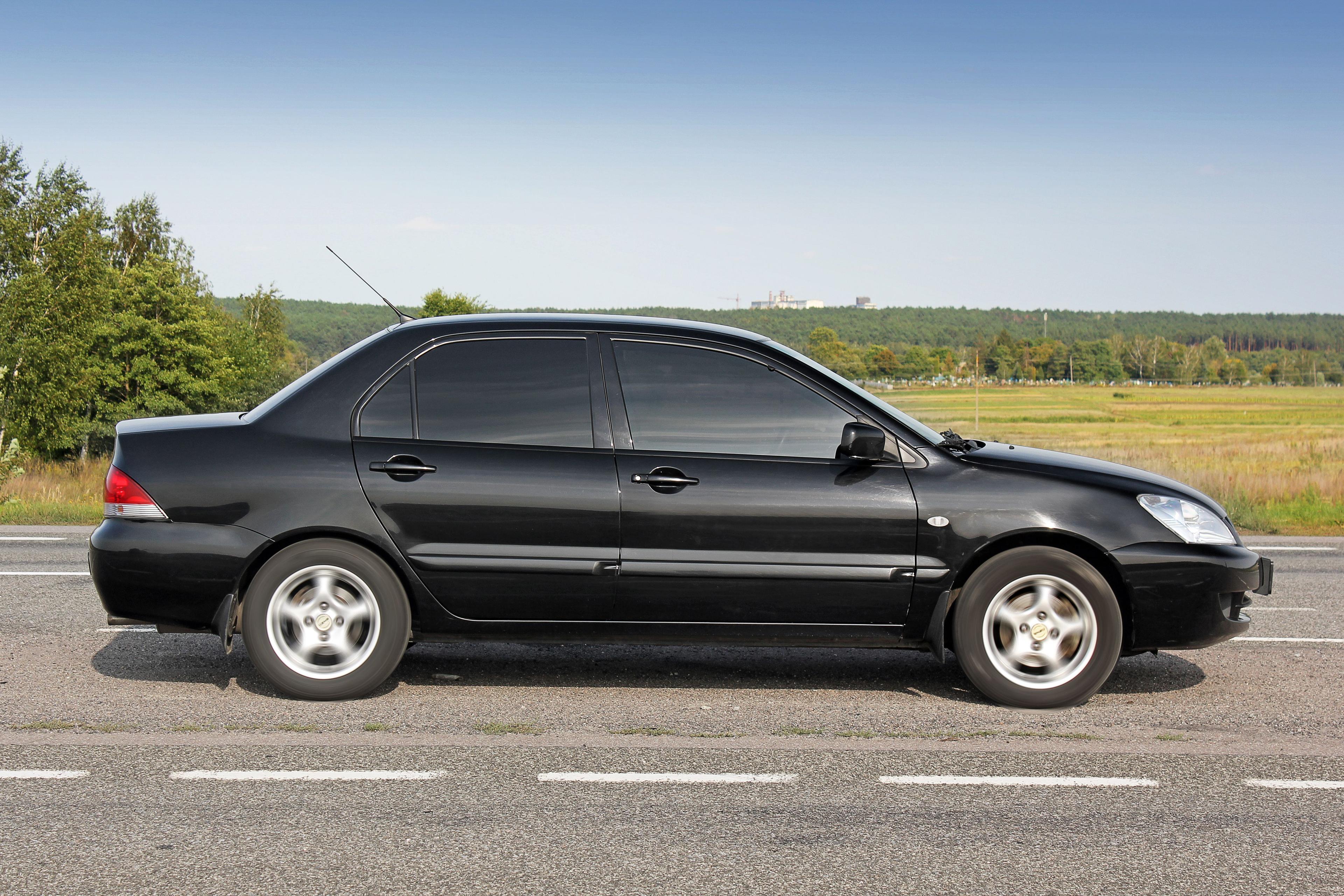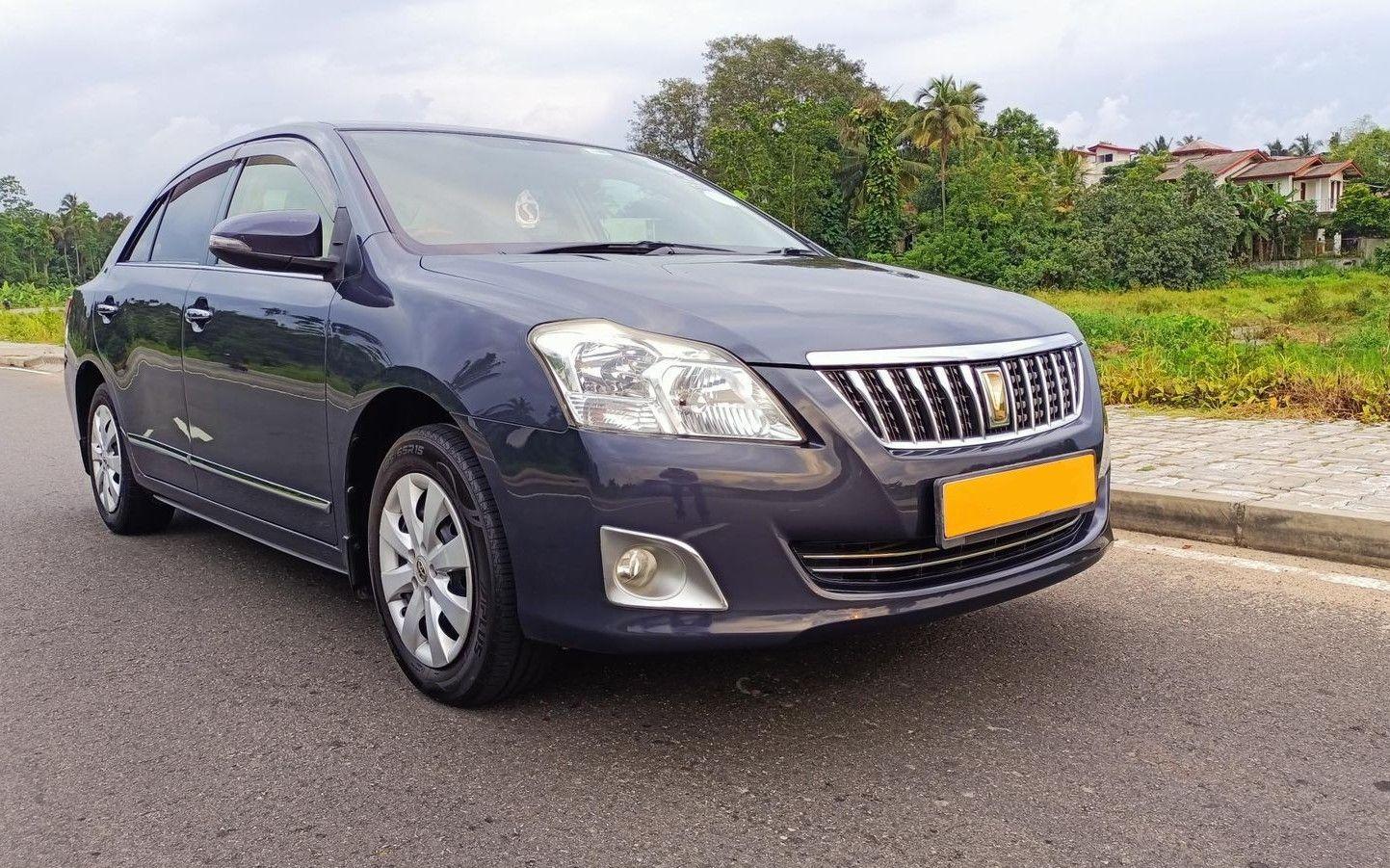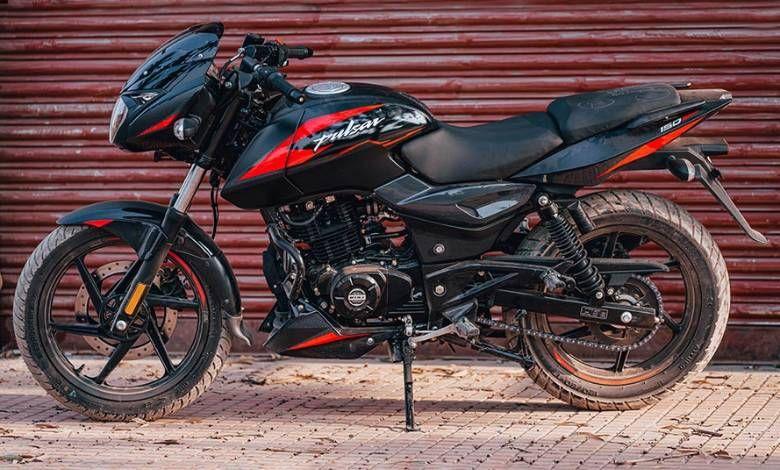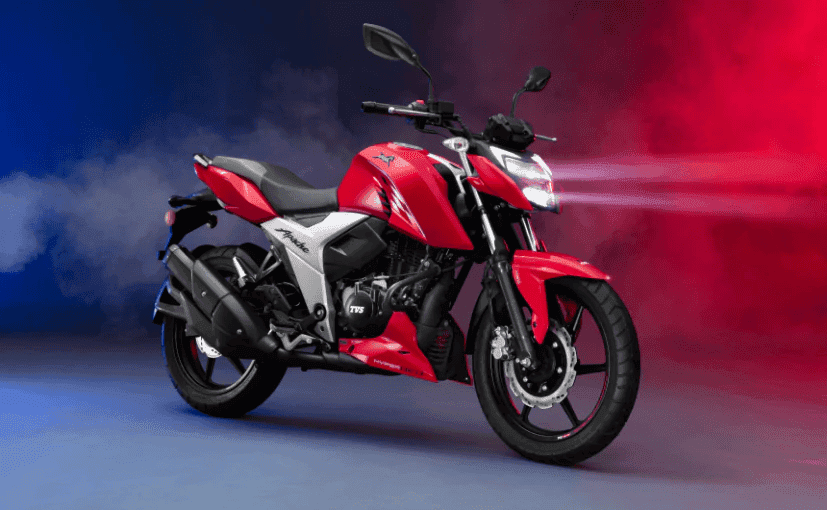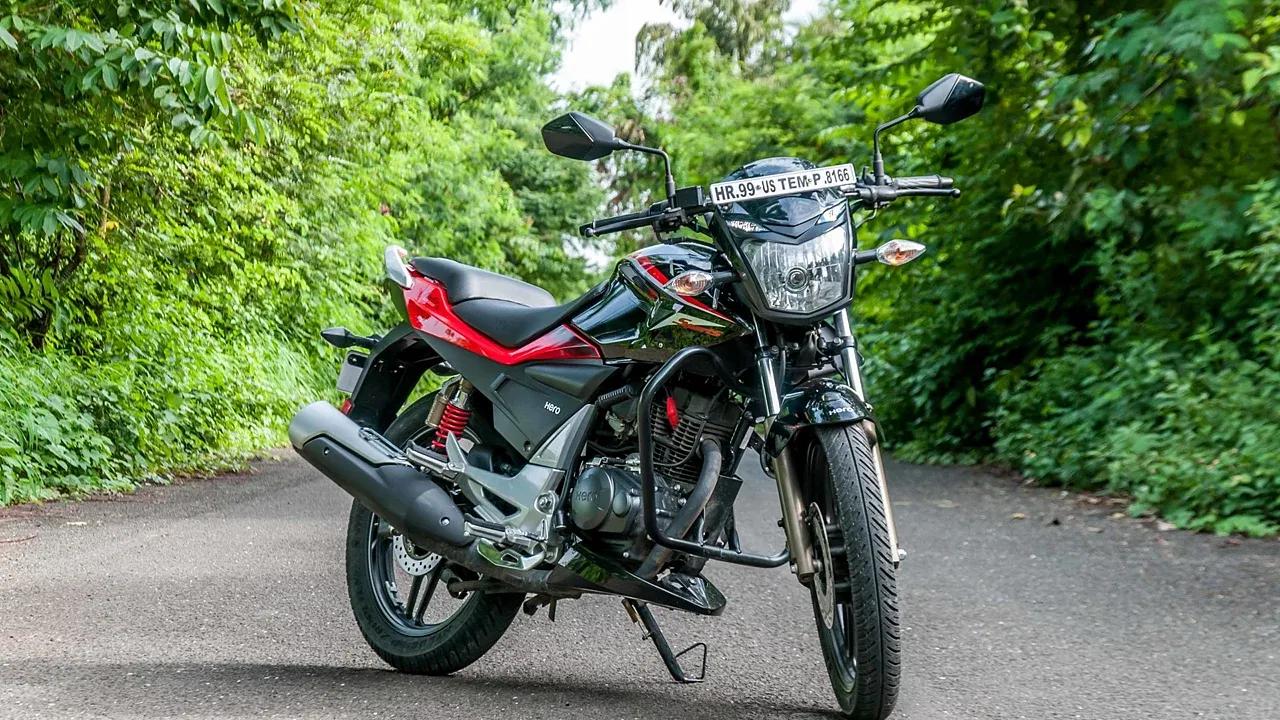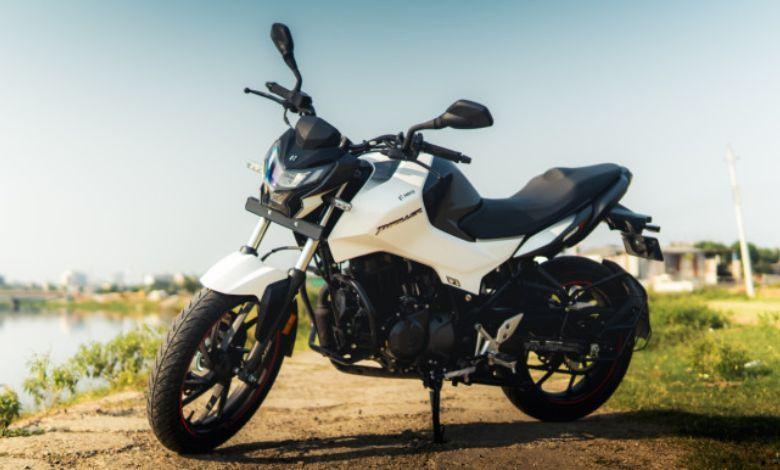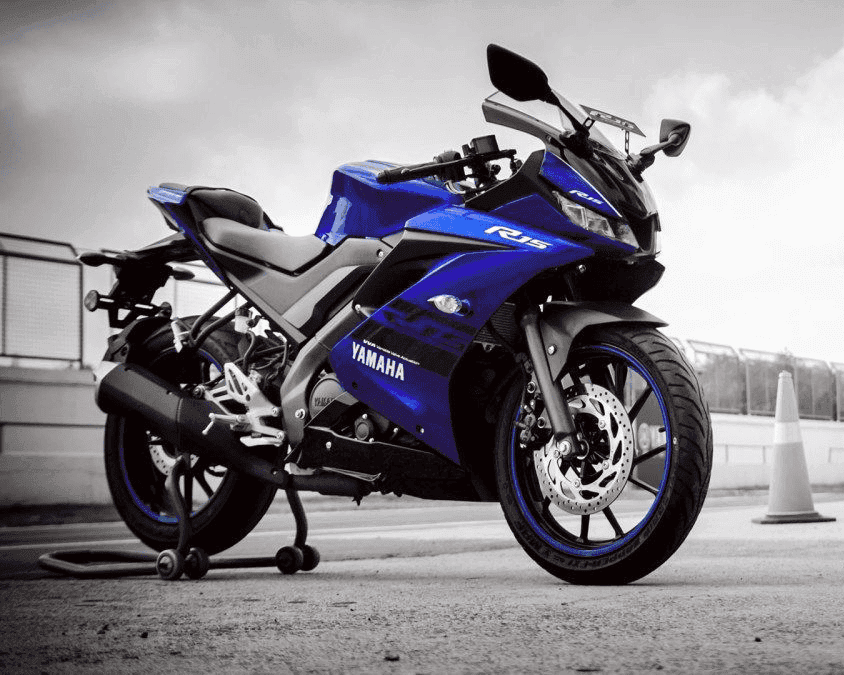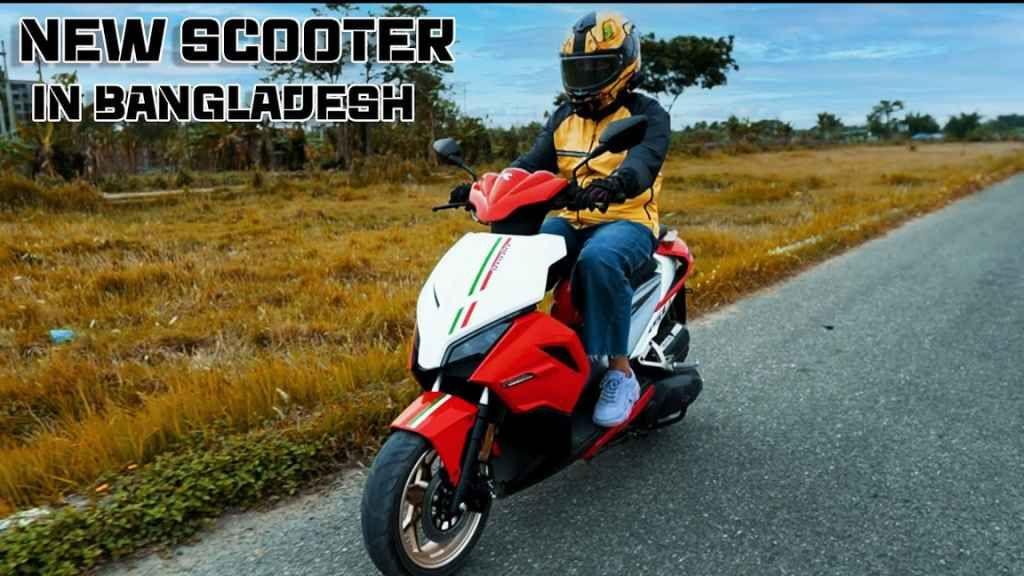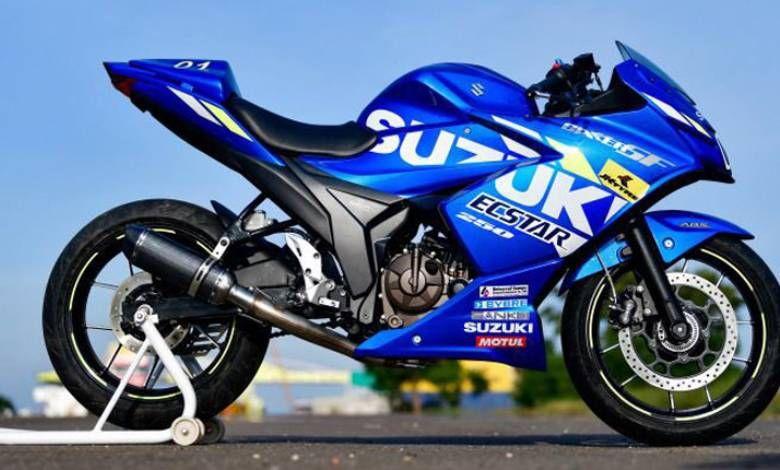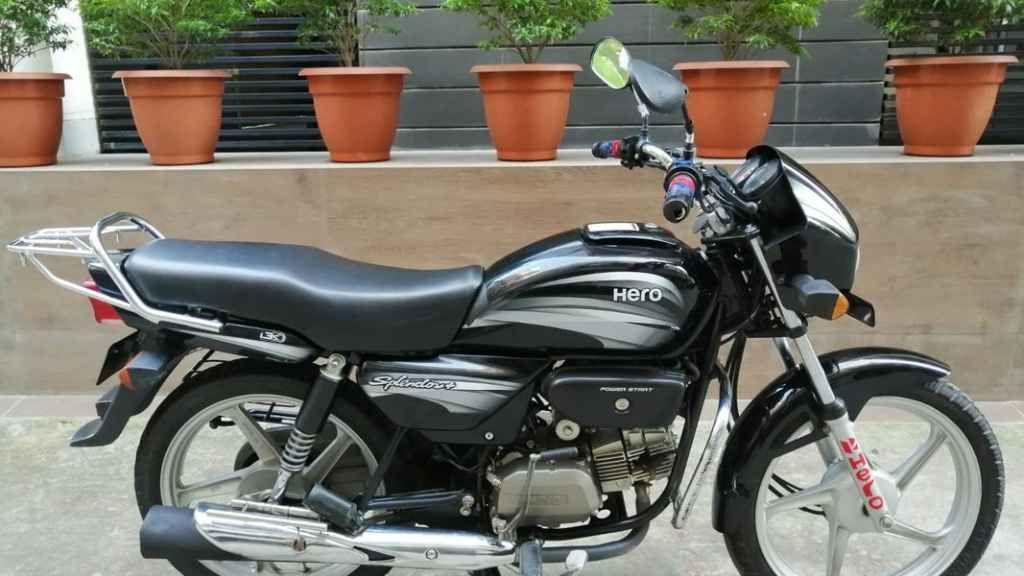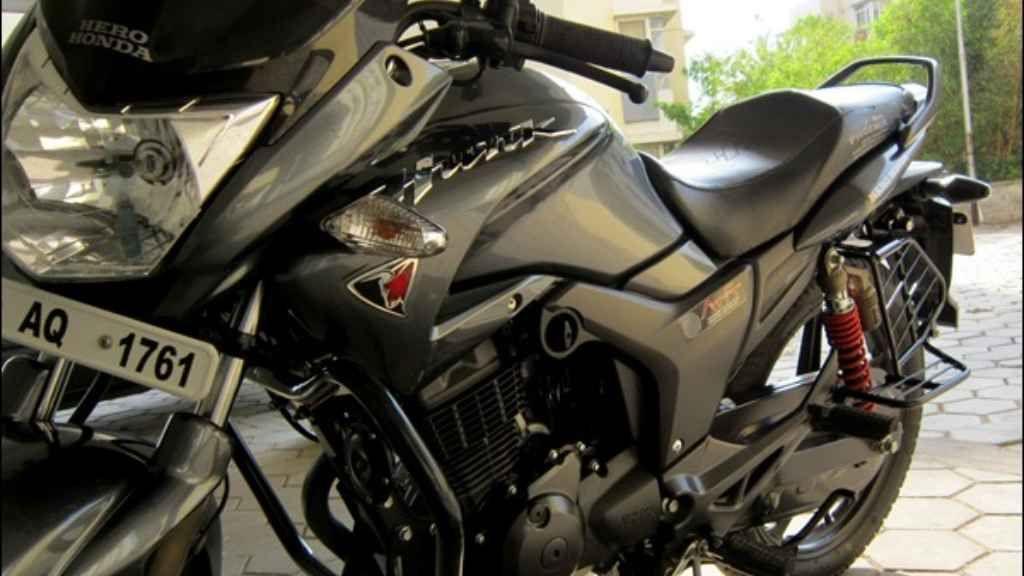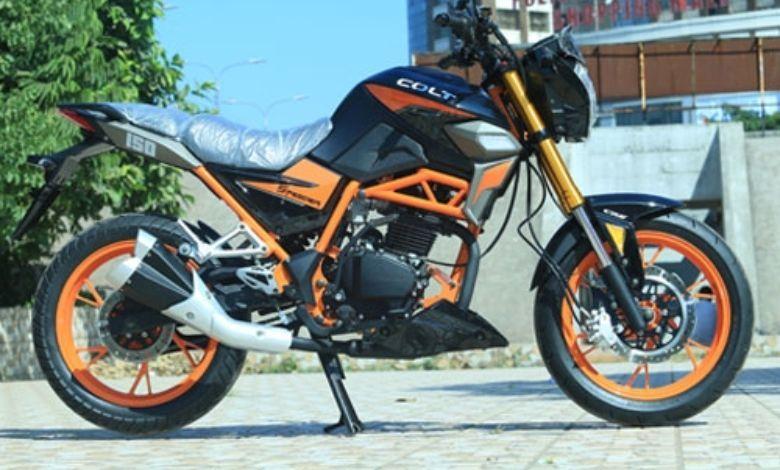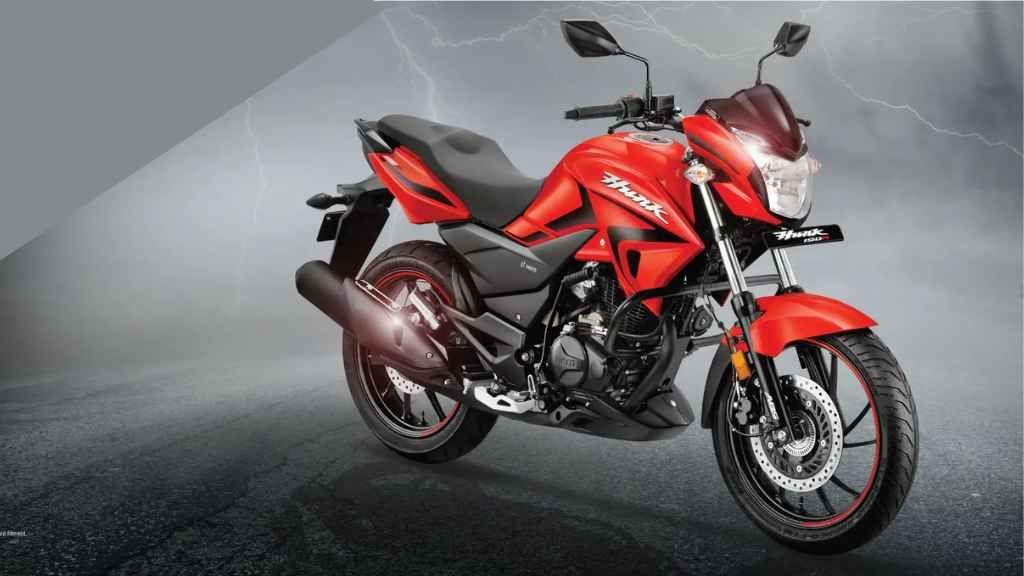What is ABS – Detailed Information About ABS
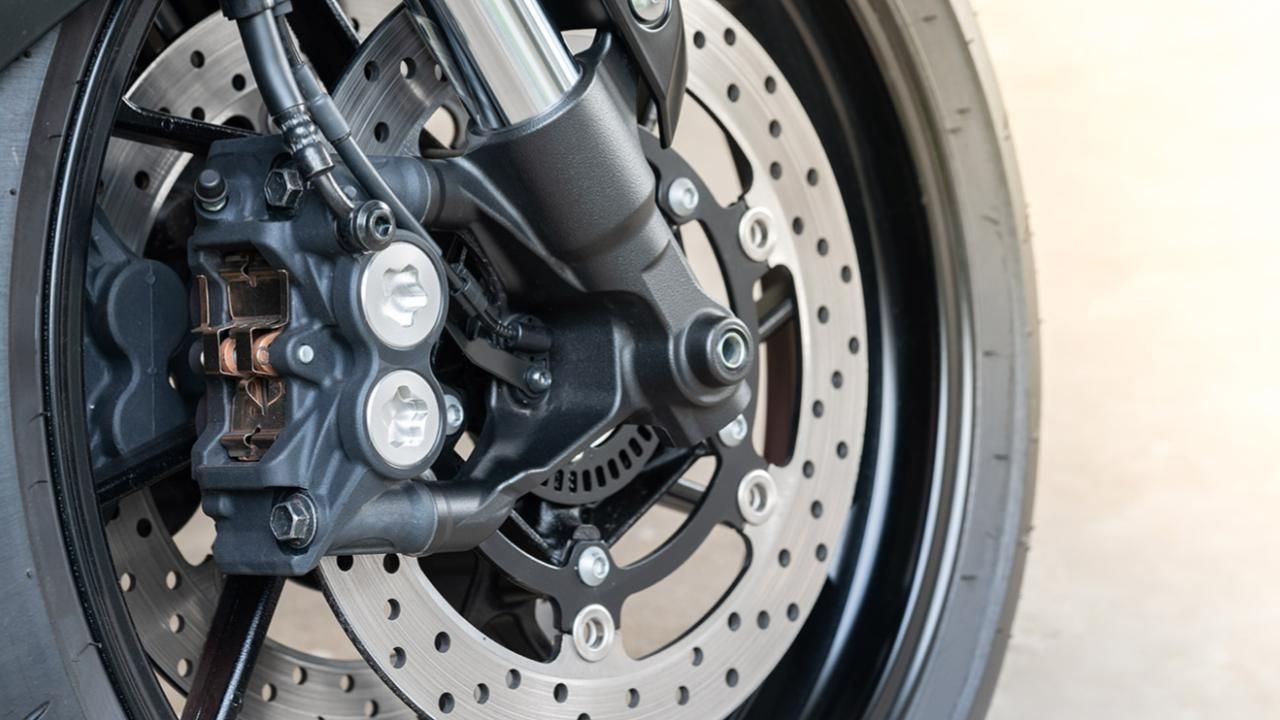
The braking system is one of the most important parts for safe bike riding. ABS (Anti-lock Braking System) is a popular braking system in modern bikes. It is an extraordinary braking system that helps control the bike easily. The ABS (Anti-lock braking system) braking system prevents the wheels from locking up during braking, and even protects against skidding. Bikers who have used this braking system on high-speed bikes, i.e., 150cc bikes, will better understand its benefits. This braking system is used in modern and high-speed bikes. In all developed countries, ABS is compulsory for bikes, but in Bangladesh, this braking system is somewhat expensive, so it is not used in most bikes. However, for safe commuting, the government should make the ABS braking system mandatory.
The advantage of ABS is that its use significantly reduces unexpected accidents. For example, imagine riding your bike on a slippery road due to rain, or on muddy or sandy roads. It is not easy to suddenly brake or stop the bike on such roads. If you brake suddenly on a wet road, your bike's wheels will skid. If you brake suddenly on muddy or sandy roads, you might lose control and fall. The ABS braking system will protect you from accidents in such situations. This braking system has a sensor that prevents the wheels from locking. Therefore, it will protect you from skidding or falling.
For high-speed bikes, ABS is very essential for safety and good braking. Considering the road conditions in our country, this braking system is needed in almost all bikes except for a few. Then, you will feel confident while riding in any adverse weather or on unstable roads. This blog discusses how ABS works and its benefits.
ABS is not a new technology. This technology was previously used in cars and airplanes. Germans first invented this technology in 1928. At that time, it was used in cars and planes. Later, Royal Enfield first incorporated ABS into their bikes in 1958. BMW introduced bikes with this technology to the market in 1988. Subsequently, in 2012, the European Union enacted a law making this technology mandatory for all bikes. Let's learn more about the country's motorcycle market and ABS.
What is ABS Braking?
ABS, or Anti-lock Braking System, is an effective braking system equipped with advanced technology. It prevents the wheels from locking up during bike braking. This sensor measures the speed of both wheels of the bike, along with the bike's displacement speed. If there is a discrepancy between the wheel speed measurement and the displacement speed during braking, ABS coordinates this speed difference and prevents the wheels from skidding. Skidding, of course, depends on the quality of the tires. If the tires are of poor quality, some skidding will occur. This sensor is controlled by an ECU programming. It measures rational speed and stops the wheel's rotation without locking it.
In bikes without an ABS braking system, riders try to control the bike by gently holding the brake lever or using a push brake to avoid hard braking. With ABS on your bike, you can brake hard as needed. This is the advantage of ABS; hard braking does not suddenly lock the wheels, so the wheels will not slip. However, remember that ABS is a sensor-based technology, so do not repeatedly push brake while moving, as it may cause braking problems.
In a normal braking system, there is a master cylinder for gripping the brake on the handlebar, which contains a type of liquid. It is directly linked to the wheels. When you press this handlebar brake, this pressure directly pushes on the disk attached to the wheel, and the wheel stops due to the pressure. Normal brakes work this way. If you press the handlebar brake lightly, the bike will slow down gently; if you press hard suddenly, strong pressure will be applied to the wheels. When strong pressure is suddenly applied to the wheels in this way, the wheels lock up, and the running bike skids. This can cause accidents. To avoid such accidents, the ABS braking system should be used. It prevents wheel lock-up with anti-lock technology.
How does ABS work?
The main function of ABS is to prevent wheel lock during bike braking. The braking system of an ABS-equipped bike is different; it requires applying brake pressure the first time, then releasing it, and then applying pressure again. This is how ABS works. The entire process occurs through a sensor. There is a device between the brake lever and the wheel. This sensor measures the speed of the bike's wheels, along with the bike's displacement speed. The sensor is attached to the wheel. During braking, the sensor measures the wheel's speed and the bike's displacement, then ABS sends the piston liquid to the device. Subsequently, according to the sensor's measurement, the device sends the necessary liquid pressure to the wheel. As a result, the wheel stops without skidding. In this way, the ABS braking system controls wheel lock-up and skidding by maintaining measurement with hydraulic brake and wheel rotation.
That is, when the biker presses the brake, ABS applies pressure to the brake fluid through the sensor, preventing the wheel from locking. Then, through the sensor, the ABS system measures the speed of the bike's wheels and controls the brake accordingly. The sensor's job is to determine how fast the wheel is spinning and then send that information to the device. So you understand that liquid is sent to the brake lever depending on the wheel's rotation, and this rotation is measured by the sensor attached to the wheel, allowing continuous monitoring of wheel speed according to braking. In other words, it coordinates with the bike's speed or wheel rotation to create pressure in the brake fluid. The device intermittently applies liquid pressure to the brake piston as needed. As a result, the wheel does not lock up completely and does not skid. This makes controlling or stopping a fast-moving bike easy and safe. I hope you have understood how ABS works.
Details about ABS
Mainly there are two types of ABS (Anti-lock Braking System). These are -
- Single Channel ABS
- Dual Channel ABS
Single Channel ABS: Here, the sensor is on the front wheel of the bike. In this case, this braking system does not work on the rear wheel. The advantage of this system is that you can choose to keep it on or off.
Dual Channel ABS: Here, sensors are on both wheels of the bike. That means when the biker presses the brake, the sensors work equally on both wheels. This system makes the biker even safer.
A bike's ABS is mainly composed of three parts:
- Speed Sensor: When the biker applies pressure to the brake, the sensor measures the wheel's rotation or the bike's speed. The sensor coordinates the bike's speed and displacement. If the sensor measures that the bike's speed is suddenly decreasing, causing a wheel lock situation, the sensor sends the necessary liquid through the valve to the wheel. When the liquid enters the cylinder, the brake comes under control. When the brake pressure is released, the valve closes again, and the bike returns to the hydraulic braking system.
- Pump: It helps the wheel sensor determine the wheel's rotation or the bike's speed. It is connected to the disc brake. This area is also called a tooth disc.
- Valve: The valve controls the cylinder pressure during braking and is located next to the ECU. The ECU is a microprocessor system where the ABS program is stored. The sensor is controlled by ECU programming. It is usually located under the biker's seat.
Advantages of ABS
- With an ABS system, even when hard braking, you can slow down and bypass any stationary or moving object without stopping the bike. In a conventional braking system, hard braking would likely cause skidding or falling, and bypassing would be impossible because you would slip before that. This is because in an ABS-equipped braking system, the wheels do not lock, meaning hard braking will not cause the wheels to skid. As a result, even with brake pressure, you can steer the bike away.
- With this braking system, you won't lose balance if you brake suddenly at any time, because the wheels won't lock or skid.
- Regardless of the weather, whether the road is slippery, sandy, muddy, or uneven, you won't have to worry about your brakes or wheels skidding.
- You don't have to constantly hold the engine brake, so the clutch lasts longer. With this braking system, controlling bike speed by traction control is very easy.
- Hard braking while turning corners or cornering the bike is very risky. With an ABS braking system, you can corner the bike smoothly.
Disadvantages of ABS
- Amidst many advantages, there are always some disadvantages. Since the ABS system prevents bike wheels from locking, it is not possible to perform stunts with the bike. Attempting stunts will damage the braking system.
- Since this system does not allow the wheel to lock completely, those who ride bikes at very high speeds will face some problems if they need to stop the bike in an emergency at that state.
- Get used to this braking system. Do not go on highway roads without practice. This is a technical feature, so you cannot turn off this braking system while riding the bike.
- If your bike is not equipped with ABS, installing this feature is very difficult. If you want to install it, you must seek assistance from a good quality engineer.
- Since ABS installation is expensive, many do not want to equip this necessary feature.
The advantages of ABS braking far outweigh its disadvantages. It is very important for safety and safe travel. It gives bikers a lot of confidence. This braking system reduces hydraulic brake pressure, and speed control is much easier. If you master bike riding with this braking system, you can keep yourself safe from many unexpected accidents.
Some ABS-equipped bikes available in Bangladesh
Bajaj Pulsar NS160 ABS, Bajaj Pulsar 150 Twin Disc ABS, Hero Thriller 160R Fi ABS DD and SD, Honda CB Hornet 160R Deluxe ABS, Honda CBR 150R ABS Motogp Edition, Honda CBR 150R Repsol ABS Motogp, Kawasaki Ninja 125, Kawasaki Z125, KTM 125 Duke, Lifan KPT 150 ABS, New Suzuki Gixxer Fi ABS, Suzuki GSX R Dual ABS, TVS Apache RTR 4V ABS, Yamaha FZS V3, Yamaha XSR 155, etc.
To get more information about bikes, and to know the specifications of various bikes, visit Bikes Guide. Here you will find reviews, updated news, tips, and many other necessary information related to various bikes.
